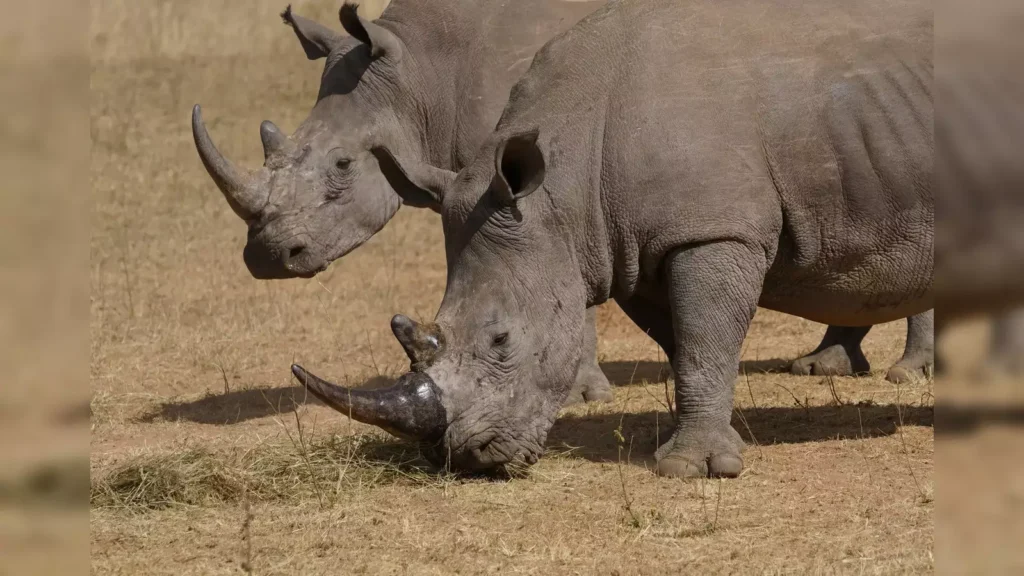Rhino poaching is a large problem in Africa and Asia, with the population rapidly declining year by year. In order to beat this issue at its root (the horn), scientists in South Africa have been working on a project where radioactive material is inserted into the horns of live rhinoceroses (in a safe way!). This initiative is called the Rhisotope Project and a group of researchers at the University of the Witwatersrand in Johannesburg lead it. By making the horns detectable at international borders, the project hopes to decrease the value of rhino horns on the black market and significantly reduce poaching.
Fun fact: They may be making them poisonous for human consumption.
The idea behind the Rhisotope Project is to use existing radiation detection infrastructure across the world to track and intercept rhino horns being trafficked across borders. According to the project leader, Professor James Larkin, “Every 20 hours in South Africa a rhino dies for its horn.” These horns are considered to be the highest of value when it comes to traditional medicine and status symbols, making them one of the most prized commodities in the illegal wildlife trade. It has a higher value than gold, platinum, diamonds, and cocaine! The rarity and illegal aspect of the horns only encourages and increases the preciousness of these horns. By injecting radioisotopes into the horns, the project hopes to disrupt this trade, reduce trafficking, and increase the conservation of rhinos in the wild.
On June 25, 2024, the Rhisotope Project took a significant step by actually testing their idea out on real rhinos. Twenty rhinos at The Rhino Orphanage in Mokopane, Limpopo District, South Africa, were sedated, and small holes were drilled into their horns to insert the radioisotopes. Veterinarians closely watched the process to make sure the animals were safe. These radioisotopes are harmless to the animals themselves but emit enough radiation to be detected by monitors at international borders, which were originally designed to prevent nuclear terrorism. By piggybacking on this existing global network of radiation detectors, the project will make it much easier to intercept smuggled rhino horns. Making smuggling harder will hopefully discourage further illegal activity when it comes to rhinos, allowing them to thrive and recover in terms of population.
This initiative shows the promise and potential to work. South Africa has the largest rhino population in the world, with around 80% of the global population of white rhinos and 33% of black rhinos, but poaching is still a severe problem. Nearly 500 rhinos are killed annually. Even though there was a slight decline in poaching rates during the COVID-19 pandemic, these numbers have started to rise again. This shows how important it is for a strategy to prevent poaching to work. Over the next few months, the health of the rhinos, part of the testing phase of the project, will be monitored to see if this approach will work in the long term. If the results are positive, the project could be expanded to other endangered species that are also victims of poaching, such as elephants and pangolins.


